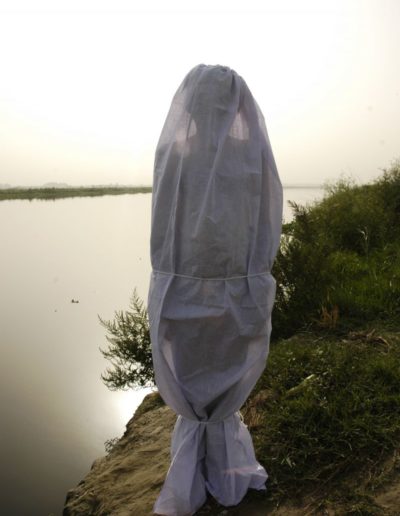Public Art: Activating the Agoratic Condition: Cultural theorist, art critic and independent curator, Nancy Adajania ‘s paper presented at the symposium linked to 48 C the Public Art Ecology Festival, New Delhi, December 2008.
“I now come to the environmentalist and photographer Ravi Agarwal who has made the reverse journey from the arena of activism and cause-related work to the context of the gallery. Agarwal was designated as an artist in 2002 when he was chosen by Okwui Enwezor to show his photographs at Documenta 11. At Enwezor’s path-breaking Documenta, he was represented by images from his projects on work, labour and urban environment in the era of globalisation. Since then, Agarwal has used this special ascriptive status as an artist constructively, to explore what he calls his ‘personal ecology’ to implicate the self with all its philosophical disquietudes onto an environment that is being ripped apart by rapacious consumerism. His work is a good example of how an artist can aestheticise the political and politicise the aesthetic in the same gesture, one without the other would make an inadequate impact. This predicament is expressed in his set of performance photographs from the series ‘Immersion/Emergence’ where he appears covered in a shroud on the banks of a river.
This is an elegy for the displacement of thousands of shantytown-dwellers who were expelled from the banks of the Yamuna in Delhi, by State authorities, in a bid to ‘clean up’ the waterway and ‘beautify’ it, ahead of the forthcoming Commonwealth Games and with a view to handing over this land to the developer lobby. This powerful protest could be read as an expression of the idea that ecocide is suicide’, that is the murder of the ecology is suicide. At another level, it is also an enactment of the Hindu belief in reincarnation. The remains of the dead body are immersed in the holy Ganga to achieve salvation. [5] In a true sense, Agarwal’s photographs and diary notes are productions of what Heine once called the ‘experimental self’.”























